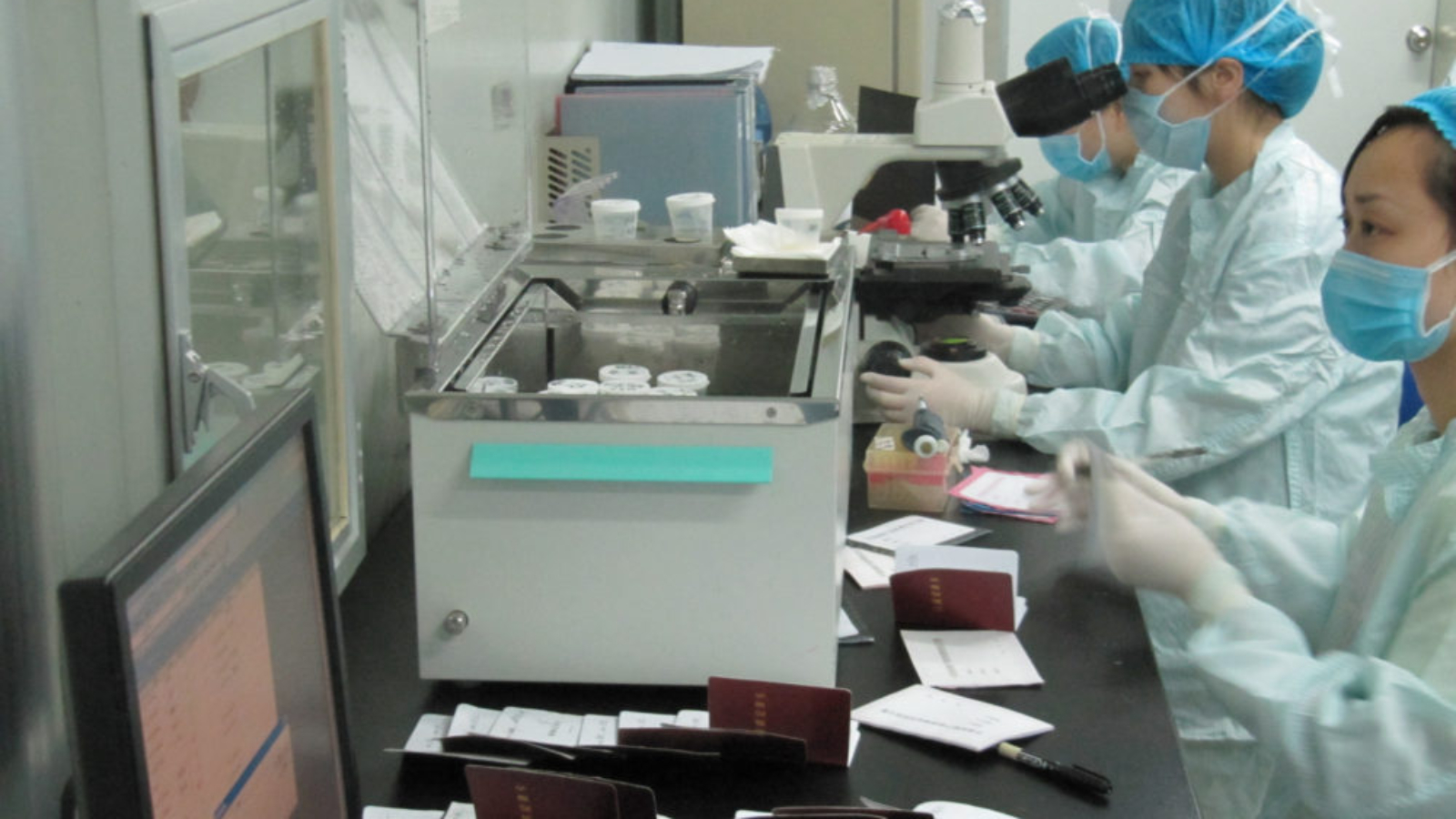By Ayo Wahlberg
It’s a sunny day in May, the relentless kind that sees people scurrying for the shade of roadside trees and the borrowed air con ditioning of corner shops. I jump off bus 405 as it stops along Furong Road, a congested six-lane thoroughfare that splits Changsha, the capital of China’s Hunan Province, north to south.
Just off Furong, Xiangya Road is its usual bustling self. Cars honk and pedestrians push past pharmacies, food stalls, clothing shops, vegetable stands, shoe-shiners, and fortune tellers. I approach 84 Xiangya Road where the 15-story CITIC-Xiangya Reproductive and Genetic Hospital lies, home to one of the world’s largest sperm banks and fertility clinics. Hordes of people are milling around the entrance. Some have slept outside on the pavement in order to be among the first to enter once doors open for the day. Most of them are there to seek fertility treatment, clutching their queuing tickets as they wait their turn to be called to the triage desk that manages inquiries from new patients. The building itself is incessantly abuzz as patients, nurses, doctors, janitors, and technicians navigate their way through the masses of people that can be found everywhere, in waiting rooms, elevators, hallways, and consultation rooms.
Patients impatiently ask when their turn might come while white-coated doctors and pink-coated nurses somehow go about their daily routines, weaving through the throngs as they do. Two men are wheeling a large tank of liquid nitrogen toward the elevator, pleading for headway as they inch forward. Everything around me is in motion as I ponder how best to make my way to the sperm bank on the fourth floor.
From crude and uneasy beginnings, sperm banking has become a routine part of China’s reproductive complex within the space of 30 years. Today, there are 23 sperm banks spread out across China’s 22 provinces, the biggest of which screen some 2,000 to 4,000 potential donors each year. Those who qualify donate 12 to 15 times over a six-month period in return for monetary compensation and the satisfaction of being able to help involuntarily childless couples. The majority of these donors are university students, who are considered to be of “high quality” because of their age and success in the competitive educational system. Family-planning officials and reproductive scientists believe that their donations can contribute to the strengthening of the Chinese population.
* * *
* * *
Ayo Wahlberg is a professor in the Department of Anthropology, University of Copenhagen. He is the author of Good Quality: The Routinization of Sperm Banking in China (University of California, 2018).
[Photo courtesy of University of California Press]* * *
